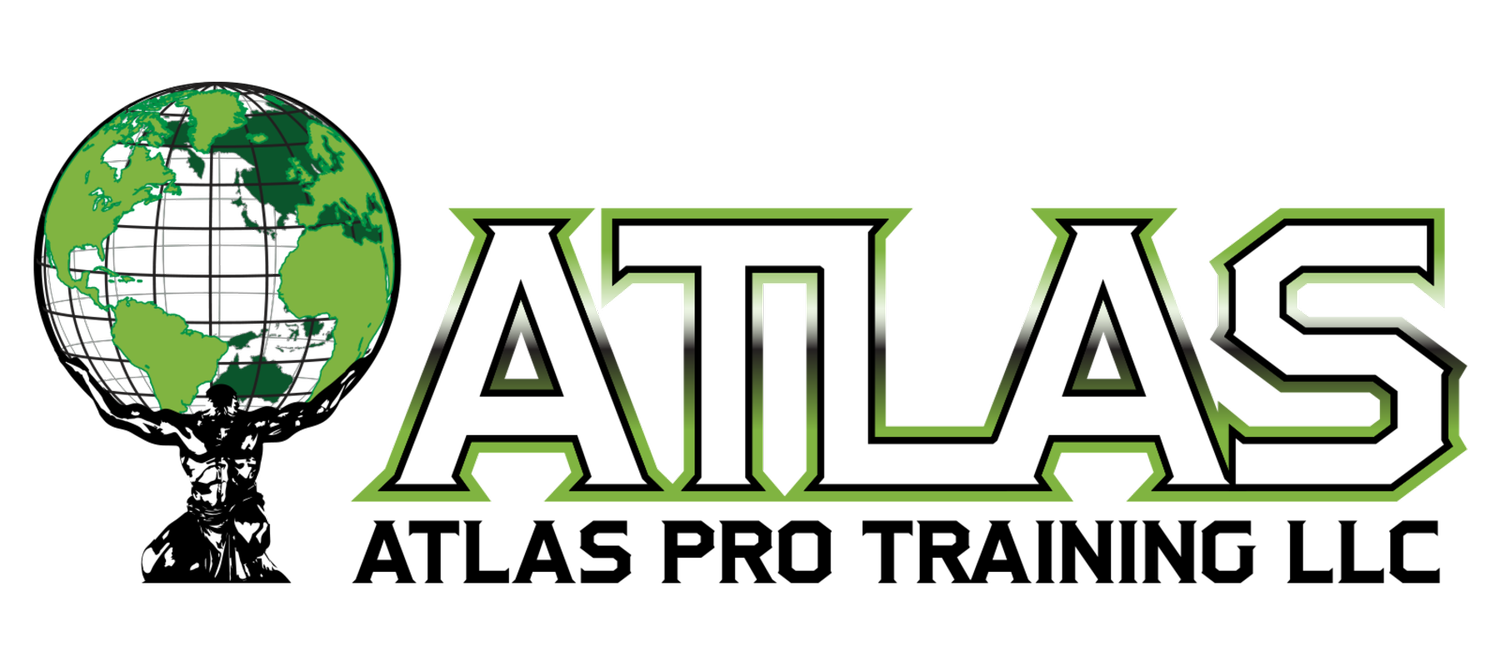Should Tall People Do Deadlifts? Is it Bad for Their Backs?
Deadlifts are often hailed as one of the most effective full-body strength exercises, but there's a common question that tall individuals frequently ask: Should tall people do deadlifts, and is it potentially harmful to their backs? We'll address this concern and provide a solution, explaining how Atlas Performance Training can ensure safe and effective deadlifting for individuals of all heights.
Tall individuals may worry that deadlifting, with its significant range of motion, could put excessive strain on their backs or potentially lead to injury. This concern often leaves them questioning whether deadlifts are suitable for their body type.
Deadlifts can be performed safely and effectively by tall individuals with the right guidance and form. Atlas Performance Training takes pride in teaching proper deadlifting techniques to all clients, regardless of their height.
Deadlifts are a compound exercise that can yield immense strength and power benefits, but they also come with their share of risks, especially for tall individuals over 6'5". The key to performing deadlifts safely and productively lies in preparatory training that targets specific areas of the body. In this post, we'll delve into why this preparatory training is crucial and provide a program tailored to tall individuals, focusing on the upper back, hip hinge movement, glutes, and anterior core muscles.
The Importance of Preparatory Training:
Deadlifts, when executed incorrectly or without adequate preparation, can place excessive strain on the lower back and increase the risk of injury. For tall individuals, this risk is heightened due to the longer lever arms involved in the movement. To mitigate these risks and optimize the benefits of deadlifting, it's essential to prioritize preparatory training.
Areas of Focus in Preparatory Training:
Upper Back Strength and Stability:
Importance: A strong upper back is responsible for maintaining the strength and integrity of the back during deadlifts, protecting the lower back from potential injury.
Exercises: Bent-over rows, face pulls, pull-ups, and lat pulldowns.
Hip Hinge Range of Motion and Glute Strength:
Importance: The hip hinge is a fundamental movement pattern in deadlifts. Improving range of motion and glute strength ensures proper form and minimizes lower back strain.
Exercises: Romanian deadlifts, kettlebell swings, hip thrusts, and glute bridges.
Anterior Core Muscle Strength:
Importance: Strong anterior core muscles help maintain trunk integrity, especially during the most vulnerable phase of the deadlift—the "bottom" of the squat.
Exercises: Planks, weighted Russian twists, and cable wood chops.
Preparatory Training Program for Tall Individuals:
Weeks 1-4: Foundation Building
Day 1: Upper Back and Glutes
Bent-over Rows: 3 sets of 10 reps
Lat Pulldowns: 3 sets of 12 reps
Hip Thrusts: 3 sets of 12 reps
Planks: 3 sets of 30 seconds
Day 2: Rest or Low-Intensity Activity
Day 3: Hip Hinge and Core
Romanian Deadlifts: 3 sets of 10 reps
Kettlebell Swings: 3 sets of 15 reps
Weighted Russian Twists: 3 sets of 12 reps (each side)
Glute Bridges: 3 sets of 12 reps
Day 4: Rest or Low-Intensity Activity
Day 5: Upper Back and Core
Pull-Ups (assisted if needed): 3 sets of 8 reps
Face Pulls: 3 sets of 15 reps
Cable Wood Chops: 3 sets of 12 reps (each side)
Planks: 3 sets of 30 seconds
Day 6: Rest or Low-Intensity Activity
Day 7: Rest
Weeks 5-8: Intensification
Repeat the Week 1-4 program with increased weight or resistance band tension and additional sets or reps. Focus on progressively overloading the muscles to enhance strength and stability further.
Weeks 9-12: Definition and Refinement
Repeat the Week 1-4 program, maintaining higher weight or resistance band tension and continuing to increase the intensity as tolerated. Focus on perfecting form and maintaining core strength and stability.
Preparatory training is the cornerstone of safe and productive deadlifts, especially for tall individuals. By targeting the upper back, hip hinge movement, glutes, and anterior core muscles, you can fortify your body against the rigors of deadlifting, reduce the risk of injury, and maximize the benefits of this powerful exercise. Remember to prioritize proper form and gradual progression throughout your training journey.
Our certified trainers will assess your individual biomechanics and adjust your deadlift form accordingly. We focus on maintaining a neutral spine, engaging the core, and utilizing proper hip hinge mechanics to reduce the risk of injury.
We gradually increase the weight and intensity of your deadlifts as you progress, ensuring that your back remains safe and strong. Our trainers will also provide guidance on mobility and flexibility exercises to complement your deadlift training.
Tall individuals should not shy away from deadlifts. With the right coaching and attention to form, deadlifting can be a valuable addition to their fitness routine. Atlas Performance Training is committed to providing tailored guidance to ensure safe and effective deadlift training for individuals of all heights.



